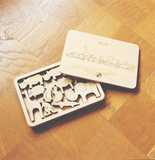Mastro Geppetto / Japan
Wood for good
While the woodworking firms and lumber yards of northern Japan have been in decline, wooden-toy brand Mastro Geppetto is thriving.
For the past three decades, Japan’s population of children has been decreasing and the trend is expected to continue – hardly the ideal market for a toymaker. But three years after launching toy brand Mastro Geppetto in Japan, Fumihiko Koyama has beaten the odds: the toys he makes in his small workshop in Minami-Aizu, northern Japan, are now a familiar sight on store shelves across the country and at trade fairs worldwide.
“There aren’t many woodworking artisans in Japan still making toys,” says Koyama, 53. “We do it because we think that the craftsmanship makes a difference.” He has just seven employees – all locals – some of whom have worked for him for two decades. With the help of electric saws and lathes and a computer-programmed cutter, they spend up to three weeks on a single batch of 300 toys for newborns to five-year-olds. The workshop hasn’t changed much since Koyama’s father opened it in 1964. The small scale of Koyama’s operation – and his reputation for well-crafted items – has allowed him to survive long after many of Minami-Aizu’s lumber yards and woodworking shops have closed.
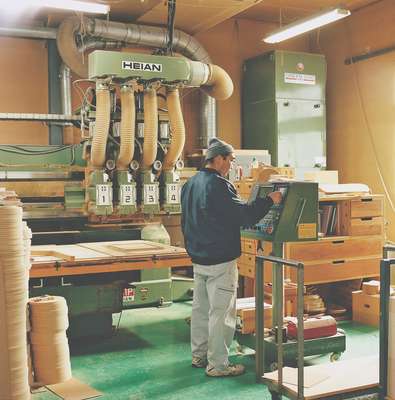
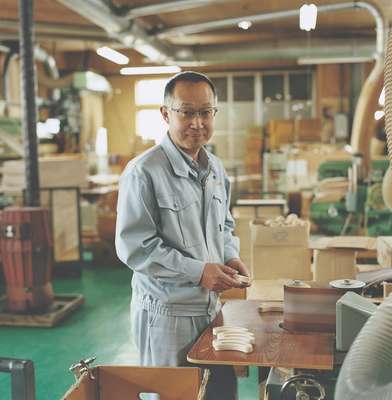
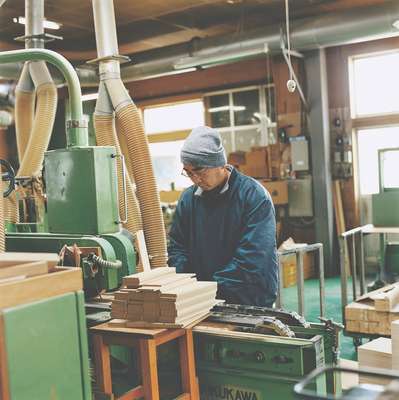
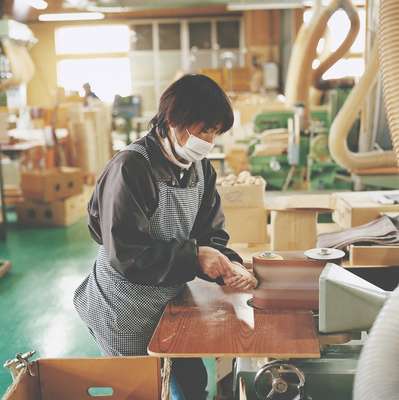
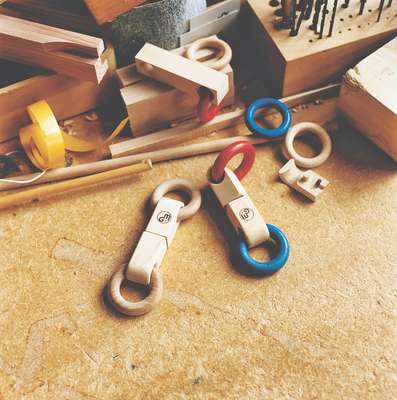
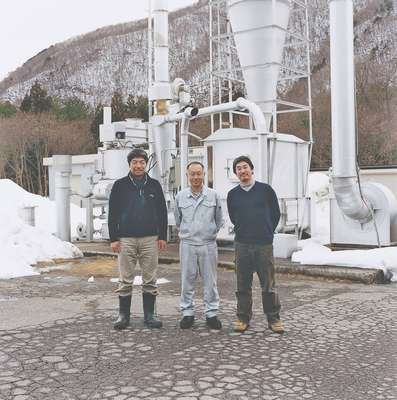
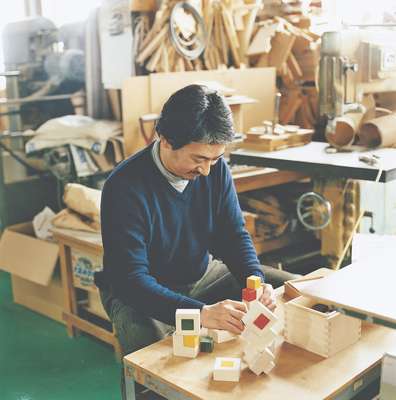
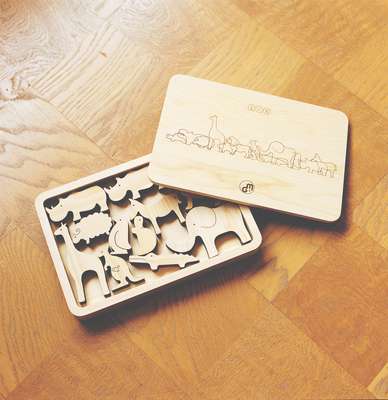
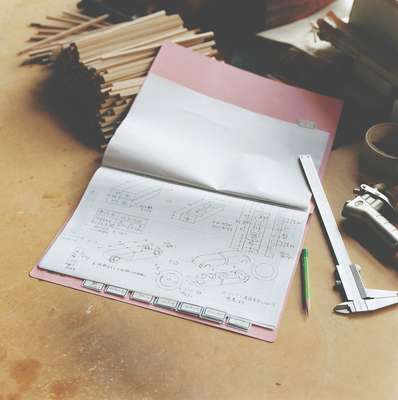


Koyama’s father, Kichihei, founded the workshop to make brooms. For a quarter of a century, his fortunes rose along with Minami-Aizu’s timber and woodworking industries. Kichihei’s remit expanded to include tables and other furniture, as well as shelves for Buddhist altars, but when Koyama took over in 2000, sales had fallen to half their peak. To salvage the business, Koyama joined a local collective making toys for department stores. “Retailers dropped the traditional products that didn’t sell and asked us for new designs,” says Koyama. “We had no experience in design.”
But Shuhei Tominaga did. The furniture designer (now Mastro Geppetto’s art director) was eager to work on toys and when he met Koyama the two hit it off. They formed a firm with four local entrepreneurs and Koyama’s workshop became the headquarters for the new brand. Tominaga, who was born and raised in Rome, suggested naming the venture after the master woodcarver in The Adventures of Pinocchio, “because this is a small company of craftsmen,” he says.
Koyama chooses sturdy wood such as Japanese birch from Hokkaido or American walnut and maple. With three heavy-duty Kuwahara machines, workers trim planks to precise measurements; a computerised machine then carves the planks into small pieces. Each piece is numbered, glued together and polished by hand. “See how the wood grains line up and the colour matches? It’s because they come from the same block of wood,” says Koyama. “No machine can do this.”
Mastro Geppetto toys account for 20 per cent of Koyama’s €500,000 annual sales. The brand’s most popular items – Fava, a rattle with three balls inside that retails at ¥2,800 (€24) and Noe, a boxed set of cedar animal shapes for ¥5,000 (€41) – sell in the thousands each year.
Still, Koyama has competition from cheap imports, video games and Pokemon, and two years ago the venture faced another obstacle: fears of radiation contamination. Minami-Aizu sits at the western edge of Fukushima prefecture, about 140km from the nuclear power plant that leaked radiation into the air and sea after the devastating earthquake and tsunami struck in 2011. Within days, Japanese retailers froze their orders with Mastro Geppetto; they came calling again only after dosimeter readings showed no elevated radiation months later.
Mastro Geppetto has yet to land its first overseas order. This doesn’t bother Koyama, who is content to make gradual gains. “We won’t ever do huge quantities. So it’s all right if it takes time to grow,” he says.
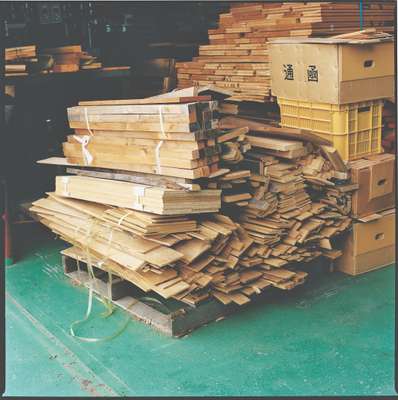
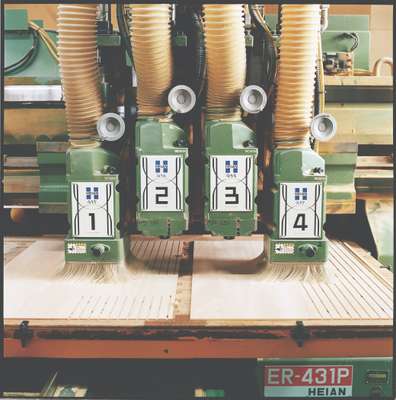

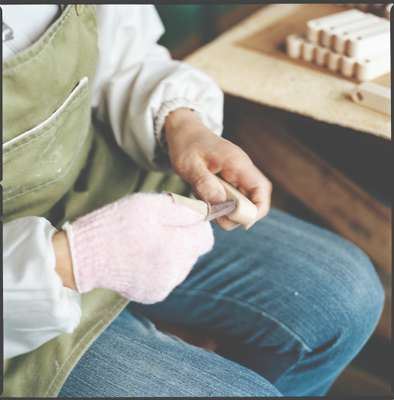
The process
1.
Lumber
Wood is selected: maple, walnut, Japanese white birch and cedar all have a hardness that’s suitable for toys.
2.
Cutting
Based on Tominaga’s sketches and Koyama’s blueprints, workers cut the planks into smaller shapes with machines before finishing them by hand.
3.
Polish
Workers use sandpaper on every surface until the toy is completely smooth. Mastro Geppetto rarely uses varnish.
4.
Lining up the grain
A Mastro Geppetto toy has wood grains that line up and seams that are nearly invisible.

